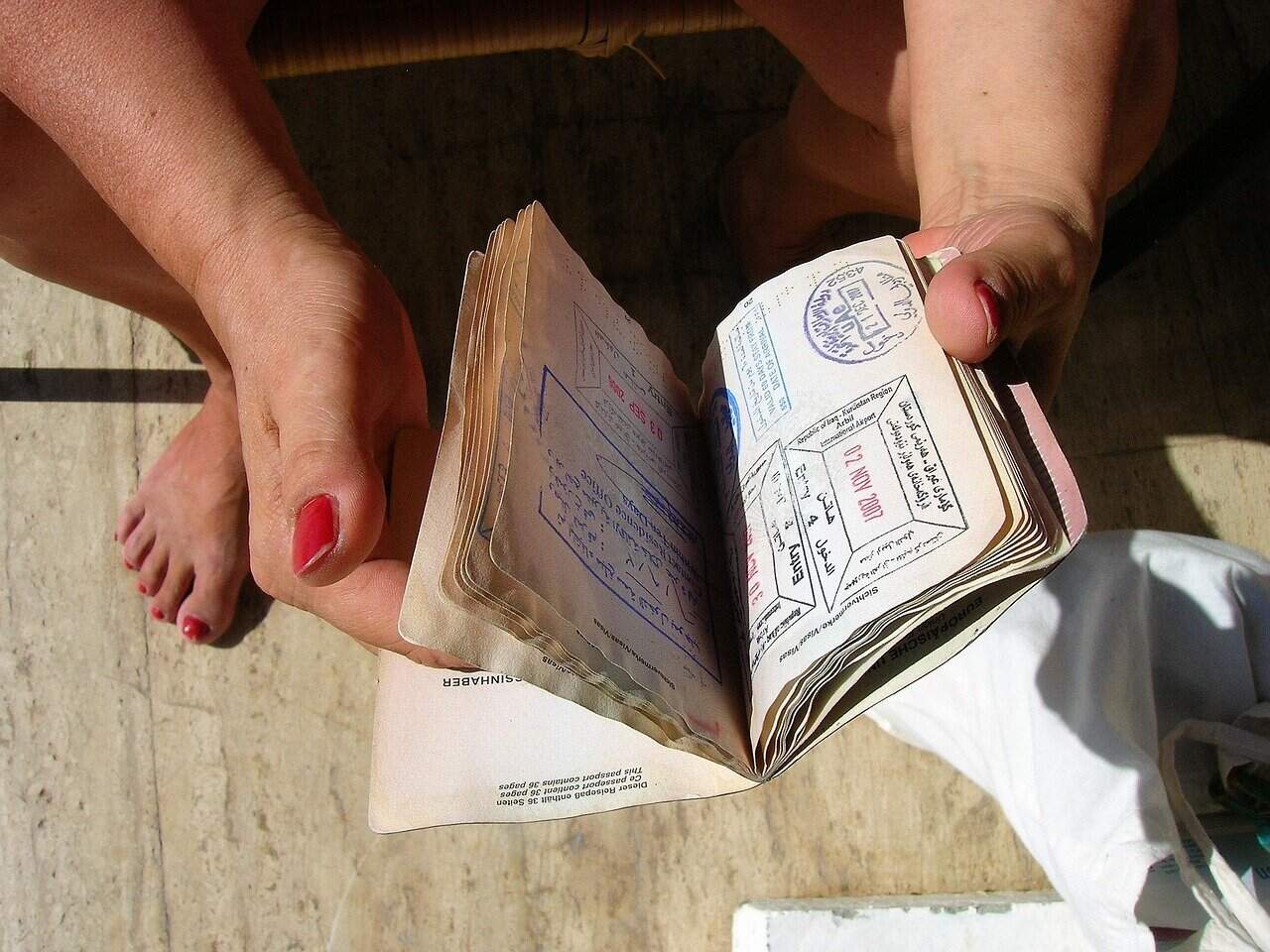The General Directorate of Migration and Foreigners (DGME) rolled out new guidelines for visas and entry this month, aiming to streamline processes while tightening certain exemptions. The changes affect how foreign nationals from various countries plan their trips, with adjustments to visa exemptions and validity periods. Officials say the revisions respond to ongoing global travel patterns and security needs.
Foreign visitors fall into four categories based on their nationality, determining if they need a visa and how long they can stay. The system remains largely the same, but the updates refine rules for those relying on visas from other countries to bypass Costa Rican requirements. Here’s a breakdown of the groups and key requirements:
Costa Rica Visa Requirements by Country
| Group | Visa Requirement | Maximum Stay | Passport Validity | Examples of Countries |
|---|---|---|---|---|
| Group 1 | No visa required | Up to 180 days | At least 1 day from entry | United States, Canada, Spain, Germany, Japan, United Kingdom, France, Italy, Australia, Mexico, Argentina, Brazil, South Korea, New Zealand, Netherlands, Switzerland, Norway, Israel, Chile, Poland, Finland, Denmark, Austria, Belgium, Sweden, Portugal, Ireland, Czech Republic, Greece, Hungary, Slovakia, Slovenia, Estonia, Latvia, Lithuania, Luxembourg, Malta, Cyprus, Croatia, Bulgaria, Romania, Iceland, Liechtenstein, Monaco, Andorra, San Marino, Serbia, Montenegro, Barbados, Bahamas, Puerto Rico (U.S. territory), Qatar, United Arab Emirates, Singapore, Trinidad and Tobago, Uruguay, Vatican City, Paraguay, Panama (for some), South Africa |
| Group 2 | No visa required | Up to 30 days, extendable to 90 days | At least 3 months from entry | Russia, Turkey, Ukraine, Guatemala, El Salvador, Honduras, Belize, Bolivia, Surinam, Kazakhstan, Antigua and Barbuda, Dominica, Fiji, Grenada, Guyana, Kiribati, Maldives, Marshall Islands, Micronesia, Nauru, Palau, Saint Kitts and Nevis, Saint Lucia, Saint Vincent and the Grenadines, Samoa, Solomon Islands, Tonga, Tuvalu, Vanuatu |
| Group 3 | Consular visa required (obtained at a Costa Rican consulate) | Up to 30 days, extendable based on visa terms | At least 6 months from entry | China, Colombia, Ecuador, India, Indonesia, Peru, Thailand, Vietnam, Albania, Algeria, Armenia, Azerbaijan, Bahrain, Benin, Belarus, Bosnia and Herzegovina, Botswana, Brunei, Burkina Faso, Burundi, Bhutan, Cape Verde, Cambodia, Cameroon, Central African Republic, Chad, Comoros, Congo (both), Cote d’Ivoire, Djibouti, Dominican Republic, Egypt, Equatorial Guinea, Gabon, Gambia, Georgia, Ghana, Guinea, Guinea-Bissau, Jordan, Kenya, Kosovo, Kuwait, Kyrgyzstan, Laos, Lebanon, Lesotho, Liberia, Libya, Madagascar, Malawi, Malaysia, Mali, Mauritania, Mauritius, Moldova, Mongolia, Morocco, Mozambique, Namibia, Nepal, Niger, Nigeria, North Macedonia, Oman, Pakistan, Papua New Guinea, Philippines, Rwanda, Sao Tome and Principe, Saudi Arabia, Senegal, Seychelles, Sierra Leone, Sudan, Eswatini, Taiwan, Tajikistan, Tanzania, Timor-Leste, Togo, Tunisia, Turkmenistan, Uganda, Uzbekistan, Yemen, Zambia, Zimbabwe |
| Group 4 | Restricted visa required (approved by a special commission) | Up to 30 days | At least 6 months from entry | Afghanistan, Bangladesh, Cuba, Eritrea, Ethiopia, Haiti, Iran, Iraq, Jamaica, Myanmar, North Korea, Palestine, Somalia, Sri Lanka, Syria |
These categories guide entry, but immigration officers at ports like the San Jose Airport or land borders hold final say on admission and stay length. All visitors must show a return or onward ticket, prove they have at least $100 per month for their stay, and provide accommodation details if asked. Travelers from yellow fever-endemic areas, such as parts of Africa or South America, need vaccination proof.
The November updates bring specific changes. Nationals in Group 3 can now receive two consular visas at once if they demonstrate a valid reason, such as back-to-back travel needs. For those in Groups 3 and 4 who qualify for exemptions—by holding a valid multiple-entry visa or residence from the United States, Canada, or Schengen Area countries—the third-country document must now have at least 90 days of validity left upon arrival in Costa Rica. Previously, some exemptions allowed shorter validities, but this shift ensures longer-term compliance.
Special notes apply to certain nationalities. Nicaraguans need a passport with 90 days validity and can get a 48-hour transit visa without a criminal record. Venezuelans must secure a travel permit from a Costa Rican consulate in a third country for entry. Russians enjoy up to 90 days without a visa under a bilateral agreement. Chinese holders of Hong Kong or Macao passports fall under Group 1 rules.
DGME Director Marta Esquivel emphasized that the guidelines balance tourism growth with border control. Costa Rica welcomed over 2.5 million visitors in the first nine months of 2025, up 8% from last year, driven by eco-tourism and remote work appeals. However, officials urge travelers to verify their status ahead, as denials at entry points have risen slightly due to incomplete documentation.
Visitors overstaying risk fines starting at $100 per month, deportation, or entry bans up to 10 years. Extensions for Groups 1 and 2 require applications at DGME offices, with proof of solvency and reasons for prolongation.
Travelers should consult the DGME website for forms and consulate locations. With these rules in place, Costa Rica continues to attract adventurers seeking its beaches, volcanoes, and biodiversity, but preparation remains key to a smooth arrival.






